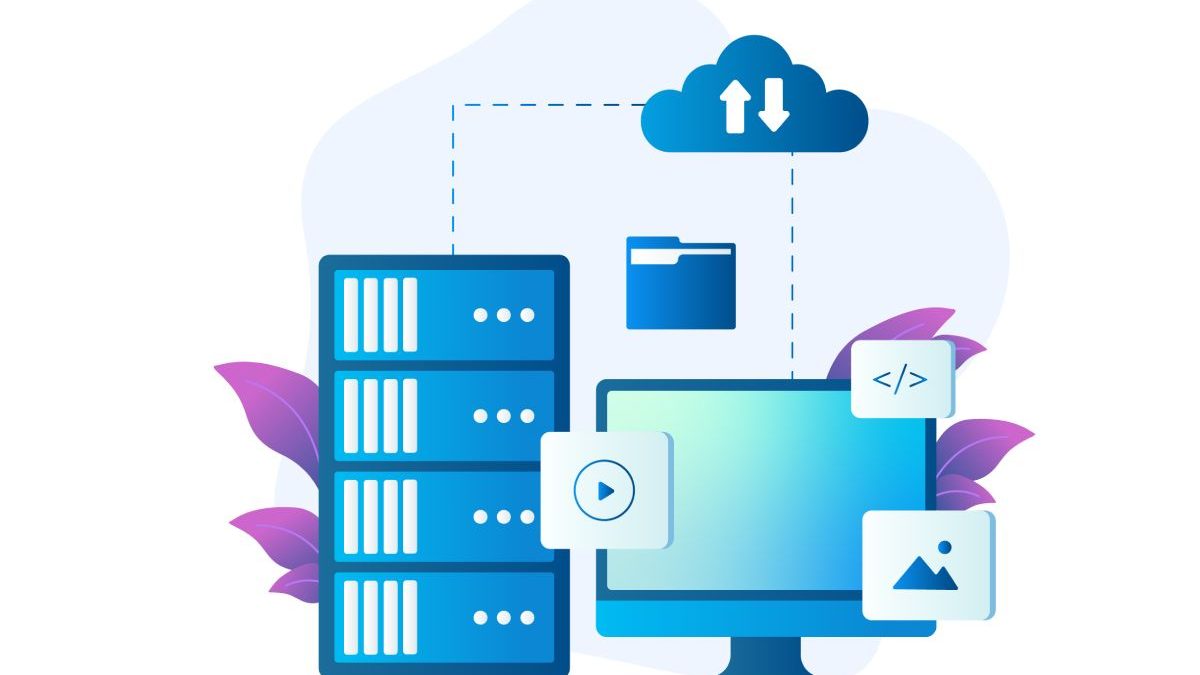Delivering video content efficiently is crucial for any video streaming service. Whether your platform caters to a local audience or reaches viewers across vast distances, leveraging CDN solutions is vital for transmitting videos from servers to end-user devices.
A Content Delivery Network (CDN) consists of distributed servers that deliver video content with minimal latency. This ensures a smooth viewing experience, helping turn casual viewers into regular users.
If you’re curious about the costs associated with CDN solutions or the differences between multicast vs unicast delivery methods, read more about content delivery network pricing and options.
What Are the Benefits of Using CDN Solutions?
#1 Content Availability
As viewer demand grows, businesses must ensure that content remains accessible across their platforms. A sudden surge in traffic, such as when a new trending video is released, can place enormous strain on the origin server. This can lead to server failures, outages, or slow video delivery.
CDN solutions help alleviate these issues by distributing traffic across multiple servers. This means that even if one server fails, another can take over, ensuring uninterrupted service. Some CDNs also offer load balancing, automatically directing traffic to available servers to maintain content availability.
#2 Enhanced Security
CDN solutions also provide robust security benefits for video streaming services. By distributing content across multiple servers, CDNs can protect against Distributed Denial of Service (DDoS) attacks, which flood servers with excessive traffic to cause a shutdown.
These attacks, often initiated by malicious actors or competitors, can result in significant revenue loss and damage to your reputation. A CDN helps mitigate these risks by distributing the traffic and protecting your service from overload, ensuring your platform remains operational.
#3 Improved Service Performance
For video streaming services, delivering content quickly is essential. Viewers expect videos to play without interruptions, and long delays can lead to dissatisfaction, causing users to leave your platform for a competitor’s. This is where the debate between multicast and unicast delivery methods comes into play.
Unicast sends a separate stream to each viewer, which is ideal for on-demand content where each user may access different content at different times. On the other hand, multicast is more efficient for live streaming, where the same content is delivered to multiple viewers simultaneously. It reduces network and server load but may not be supported by all networks or devices. CDN solutions can support both delivery methods, optimizing performance based on the specific needs of your service.
Final Thoughts
CDN solutions are essential for running a successful video streaming business. They enhance content availability, provide robust security against cyberattacks, and improve overall service performance. Whether you’re deciding between multicast and unicast delivery methods or looking to optimize your platform, CDNs play a critical role in ensuring a seamless viewing experience and reducing customer churn.
If you’re looking to launch or upgrade your video streaming service, consider reaching out to Setplex. Their team can help you find the right CDN solution to achieve your business goals.

